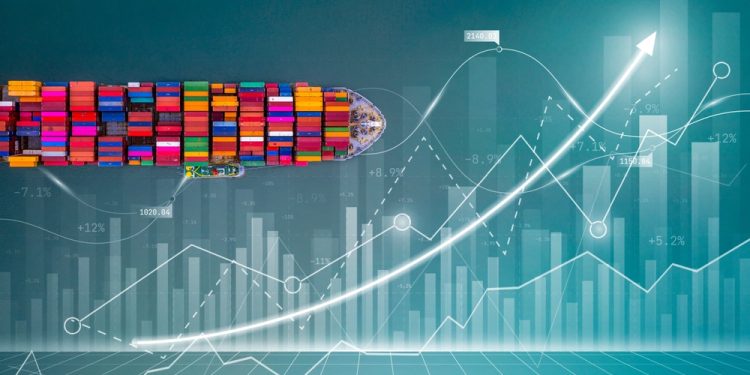In their “Why Insurers Should Monitor Their Transit Route Accumulations” report, the Russel Group explains why transit route accumulation should be considered by insurers in managing their overall exposure.
According to Russel Group, transit route accumulation is typically deemed less of a priority compared to other forms, such as port accumulation. However, it refers to the economic value of all goods moving back and forth through a trade route, like the Red Sea, over a period. Recent events underscore the need for marine (re)insurers to prioritize transit route accumulation in managing their overall exposure.
Ignoring this can create “blind spots of unknown exposures,” as many companies depend on these transit routes for their imports and exports. A blockage or closure could disrupt supply chains and lead to significant losses, the Group notes.
Gaining insights into transit route accumulation allows insurers to estimate potential exposure from worst-case scenarios, helping to turn unknown risks into more manageable ones and improving overall risk assessment.
Why insurers need to understand their transit route accumulations
Thus, the need to understand exposure accumulation through sea lane thoroughfares is vital for the industry and should be considered a key mitigation tool, alongside monitoring port and company trade.
$1 trillion of commodities disrupted by Houthi attacks in the Red Sea, according to Russell’s ALPS Marine
An analysis of trade through the Red Sea from October 2023 to May 2024 reveals an estimated $1 trillion in total trade was disrupted. Crude oil, plastic materials, telephone equipment, cars, and clothing were all impacted by the attacks.
$205 billion economic disruption caused by the drought in the Panama Canal, according to ALPS Marine analysis
Furthermore, an analysis of trade through the Panama Canal during the height of transit restrictions caused by the drought reveals an estimated $205 billion in commodities at risk. LPG, crude oil, cars, people carriers, inorganic chemical products, goods transport vehicles, and industrial parts & machinery were identified as the most vulnerable.
Holistic connected risk solutions driven by global trade movement data and analytics can help insurers understand and optimise portfolio accumulation
As explained, by analysing and visualising risk accumulation at a more granular level — considering commodities, companies, ports, ships, and transit routes — marine (re)insurers can begin to understand and optimise their portfolio accumulation exposure.
































































